PsychNewsDaily Publishers
100 Summit Drive
Burlington, MA, 01803
Telephone: (320) 349-2484
PsychNewsDaily Publishers
100 Summit Drive
Burlington, MA, 01803
Telephone: (320) 349-2484
Wojtek the bear served in World War II, carrying ammunition and boosting soldier morale, while Dolly the sheep became the first cloned mammal, advancing genetic research.
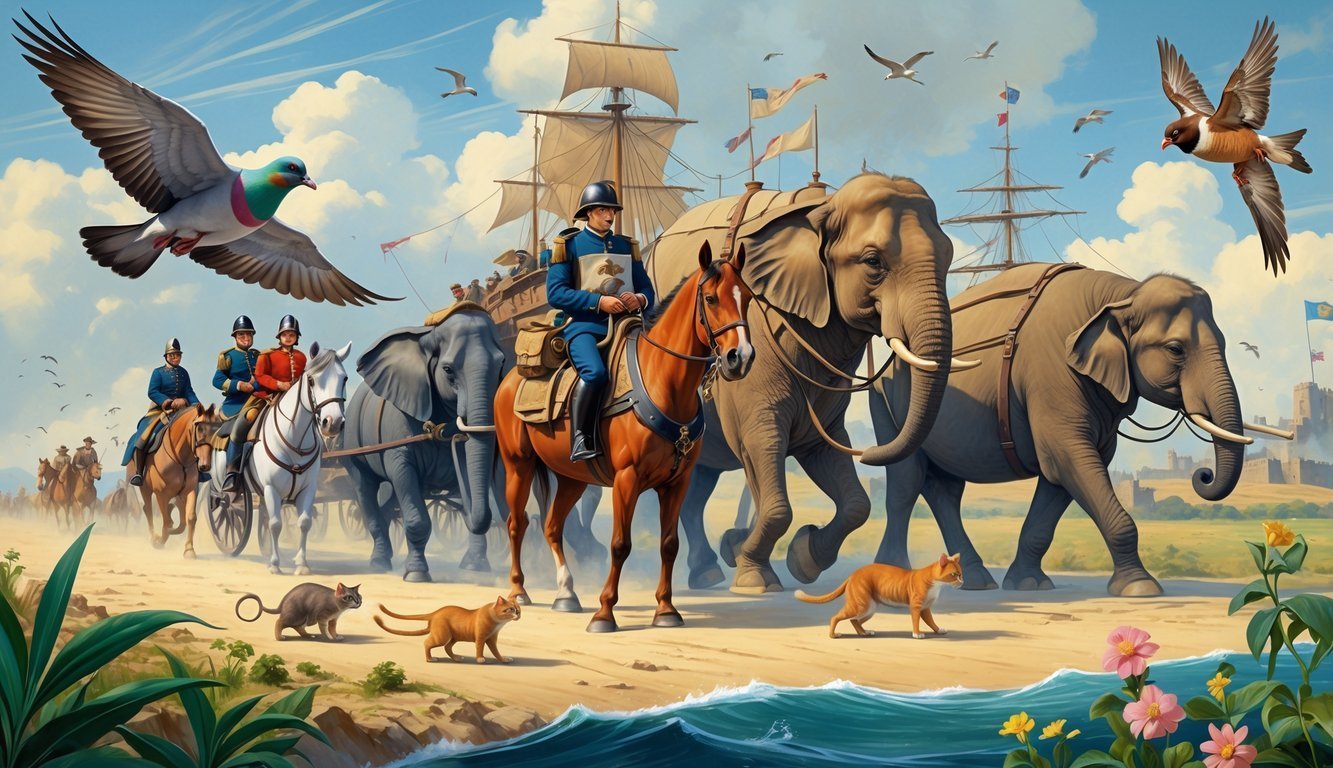
Animals have shaped history in ways you probably never imagined. They didn’t just stand by—they jumped right into the action and changed the world in the most surprising ways.
Some creatures played roles in war, exploration, science, and more. You might find yourself amazed at how animals have influenced the course of events.
When you look at animals who made a difference behind the scenes, history suddenly feels fresh and full of surprises. These unexpected heroes left marks on human progress that way too many people forget about.
Let’s dive into the stories of animals that really changed history.
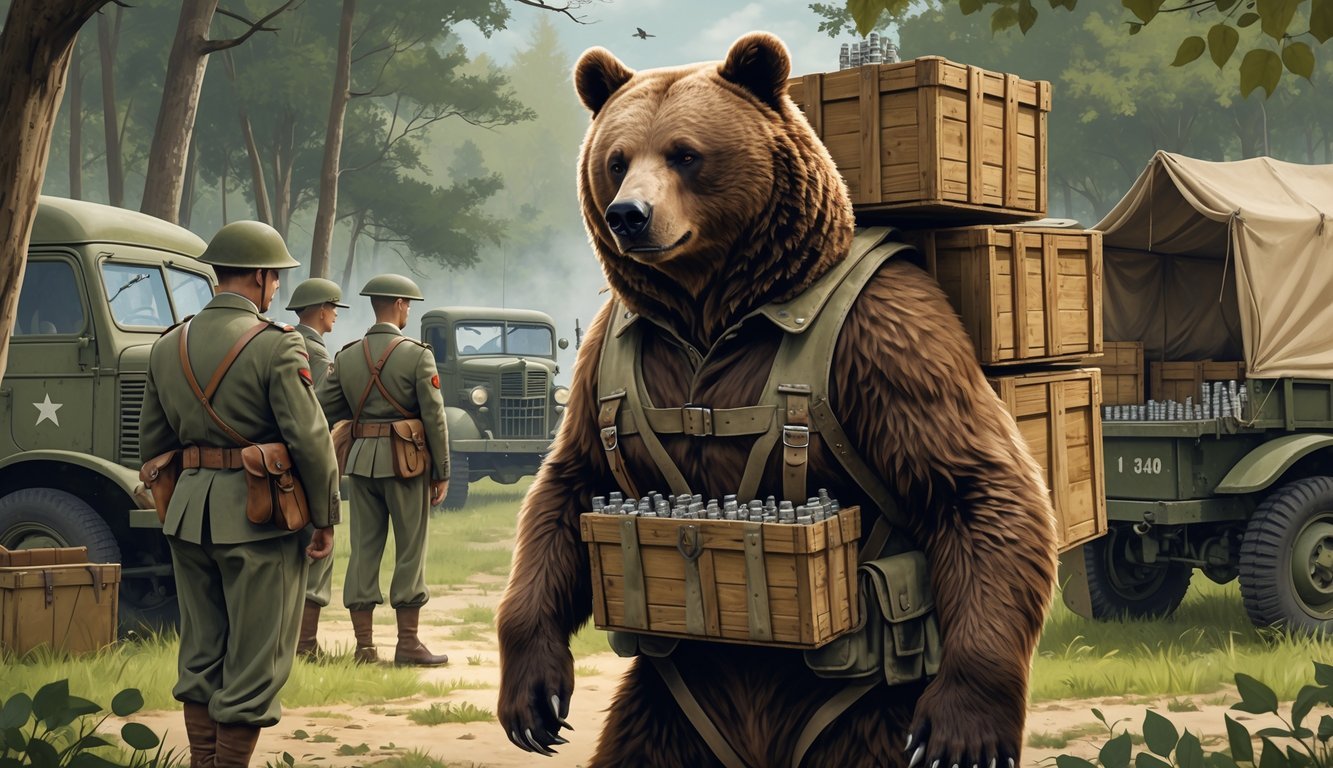
Believe it or not, Wojtek was a real bear who fought right alongside soldiers in World War II. Polish troops adopted this Syrian brown bear and raised him as one of their own.
Wojtek got strong enough to help carry heavy ammunition boxes during battles. He actually wore a soldier’s rank and boosted morale for the Polish 2nd Corps.
He learned to salute and acted like a true army member. Wojtek’s story is honestly wild—he drank beer, ate cigarettes, and became a favorite among the troops.
It’s hard not to smile thinking about a bear like that in the middle of a war.
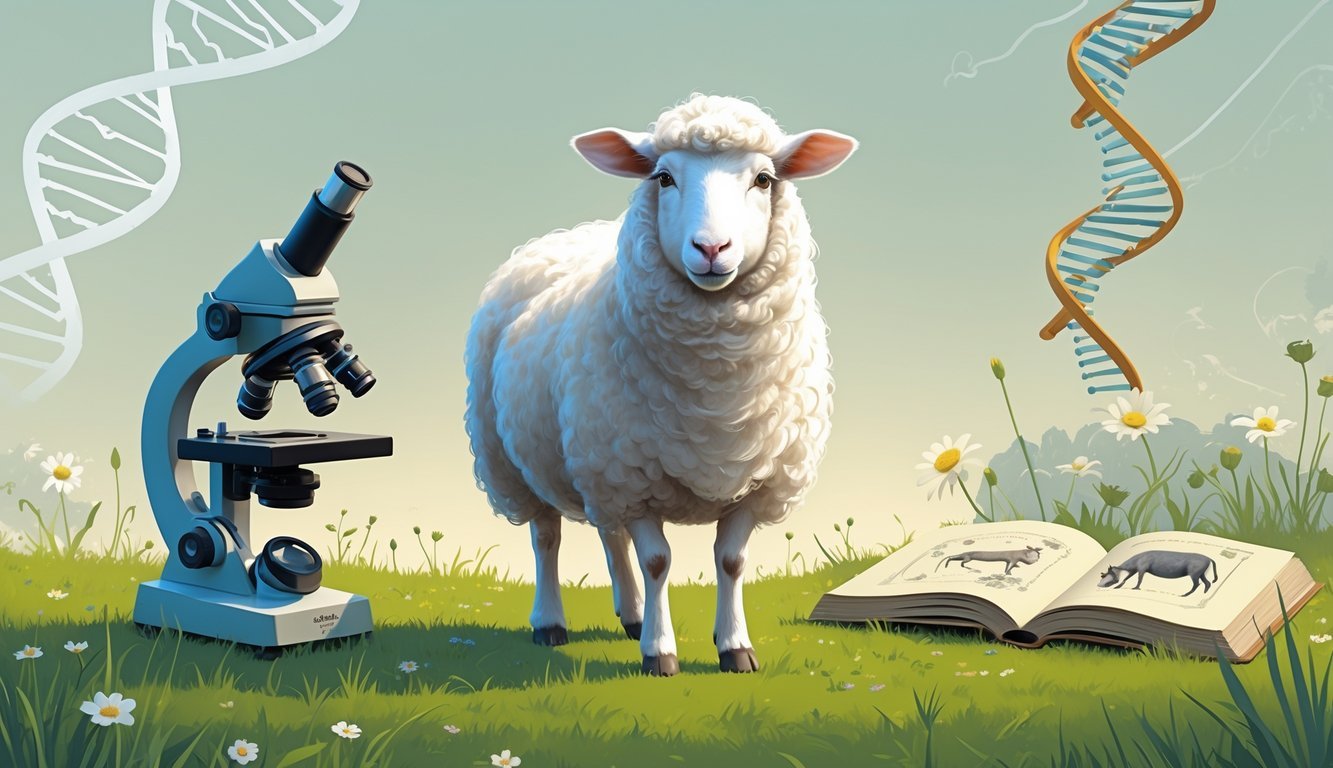
Dolly the sheep changed science forever. She was the first mammal cloned from an adult cell, born in 1996.
Scientists at the Roslin Institute in Scotland made it happen by using a single cell from an adult sheep’s mammary gland. That’s something people didn’t think was possible back then.
Dolly’s birth raised huge questions about cloning. She showed us that you could copy an adult animal, opening up new research in genetics and medicine.

It’s hard to picture a pigeon as a war hero, but Cher Ami truly was one in World War I. She carried an urgent message that ended up saving 194 American soldiers who were trapped behind enemy lines.
Cher Ami flew through gunfire, even after getting shot and losing a leg. She still delivered her message.
Because of her, the Lost Battalion got the help they needed. Sometimes, the smallest heroes make the biggest difference.

Hachiko’s loyalty is almost unbelievable. Born in 1923 in Japan, this Akita dog waited every single day at a train station for his owner, Professor Ueno, even after the professor passed away.
For nearly ten years, Hachiko kept coming back to that same spot, hoping his owner would return. People really admired his patience and love.
You can visit a bronze statue of Hachiko at Shibuya Station in Tokyo. It stands as a symbol of loyalty and the bond between a dog and his human.
Hachiko’s story still moves people all over the world.

Elsie the Cow might seem like just a cute cartoon, but she actually stood for major progress in dairy science. The Borden Dairy Company created her in 1936 to help people trust dairy products during tough times.
Elsie wasn’t just a drawing—she showed people that dairy could be safe and high quality. Farmers and companies improved milk production and handling because of her popularity.
You’d see Elsie everywhere, from ads to the 1939 New York World’s Fair. She even became the name of a real cow, blending science and a friendly face.
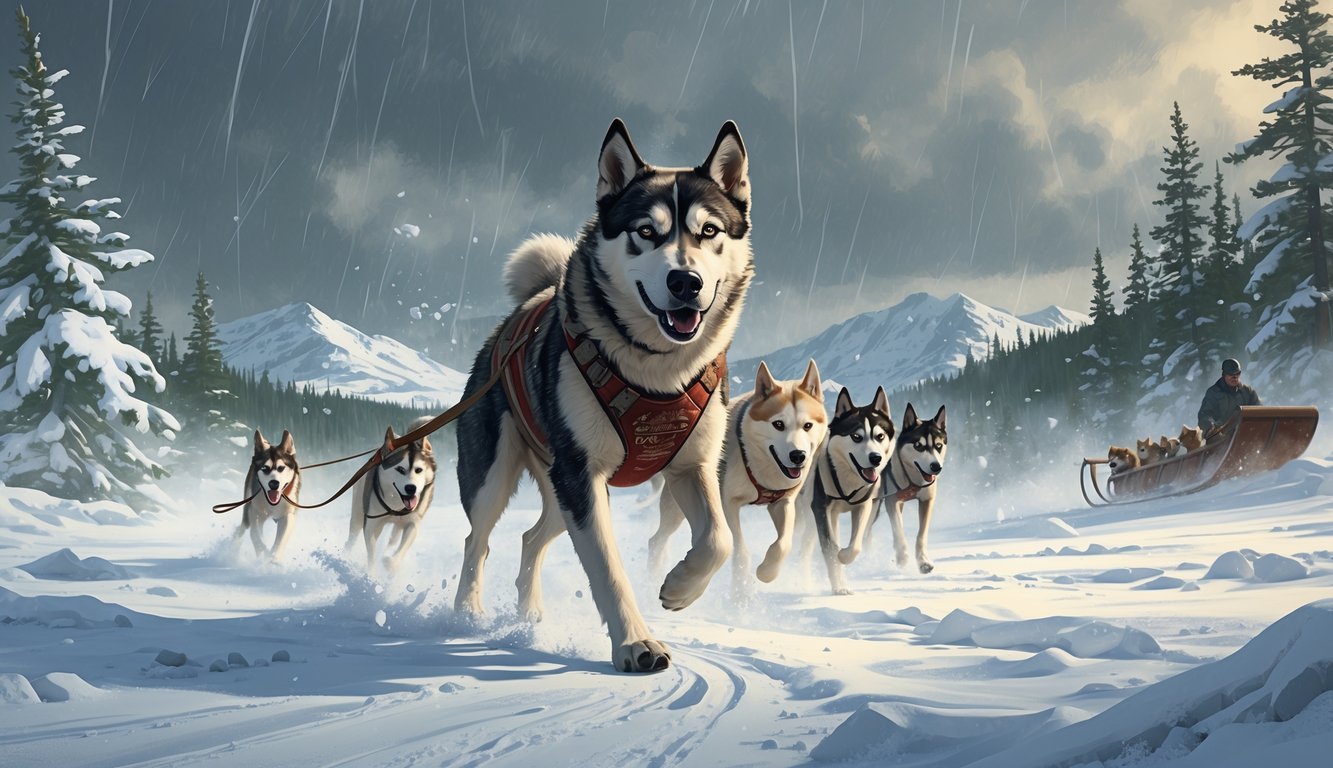
Balto was a true hero. In 1925, Nome, Alaska faced a deadly diphtheria outbreak, and winter storms made it impossible to get medicine quickly.
Balto and his musher Gunnar Kaasen led the final leg of a dangerous relay. They pushed through a blizzard to deliver the life-saving serum.
Because of Balto’s courage and speed, many lives were saved. You can still visit his statue in Central Park, New York.
Balto’s story proves that animals can be heroes when it matters most.
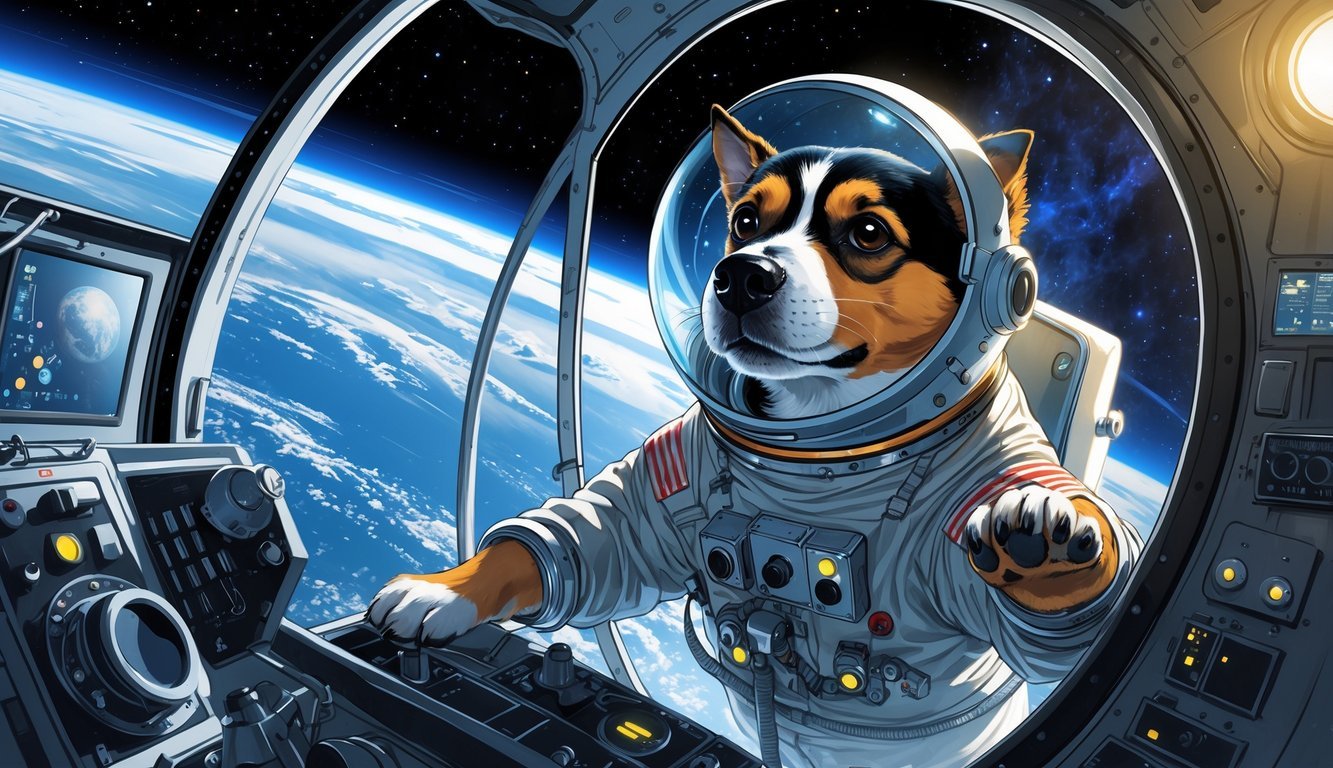
Laika’s story is both inspiring and a little heartbreaking. On November 3, 1957, she became the first animal to orbit Earth.
Her flight on Sputnik 2 proved that living creatures could survive space travel, at least for a bit. That was a huge leap for space exploration.
Laika’s bravery opened the door for human missions. Even though she didn’t survive, her journey taught scientists a lot about what it takes to send living beings into space.
Her story stands out in the history of the space race.
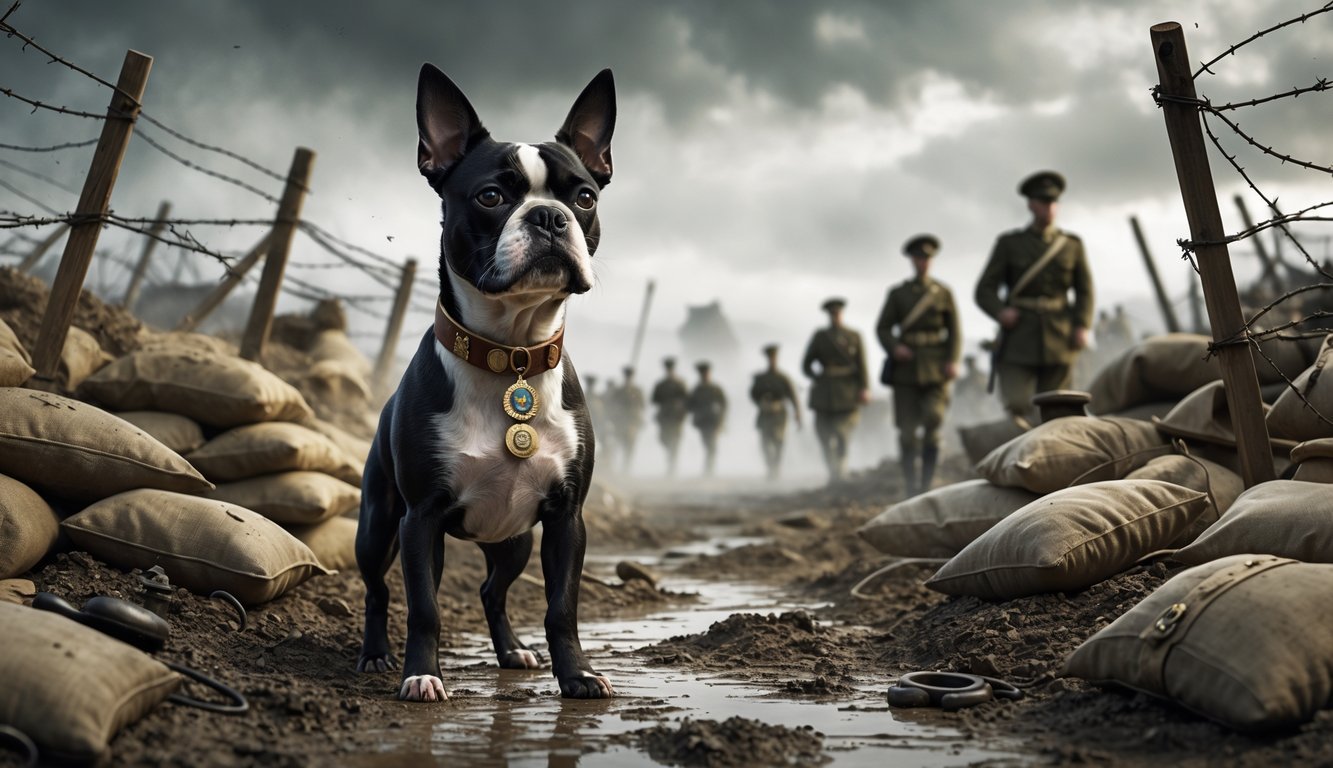
Sergeant Stubby was a stray dog who became a legend in World War I. A soldier named John Robert Conroy found him near Yale University and smuggled him onto a ship headed for Europe.
Stubby fought in 17 battles with his regiment. He could warn soldiers of gas attacks before any human noticed and even found wounded men on the battlefield.
Stubby once caught a German spy by grabbing the man’s pants. He became the only dog ever promoted to sergeant during combat.
Today, you can see his remains in the National Museum of American History. Who would’ve thought a little dog could make such a big impact?
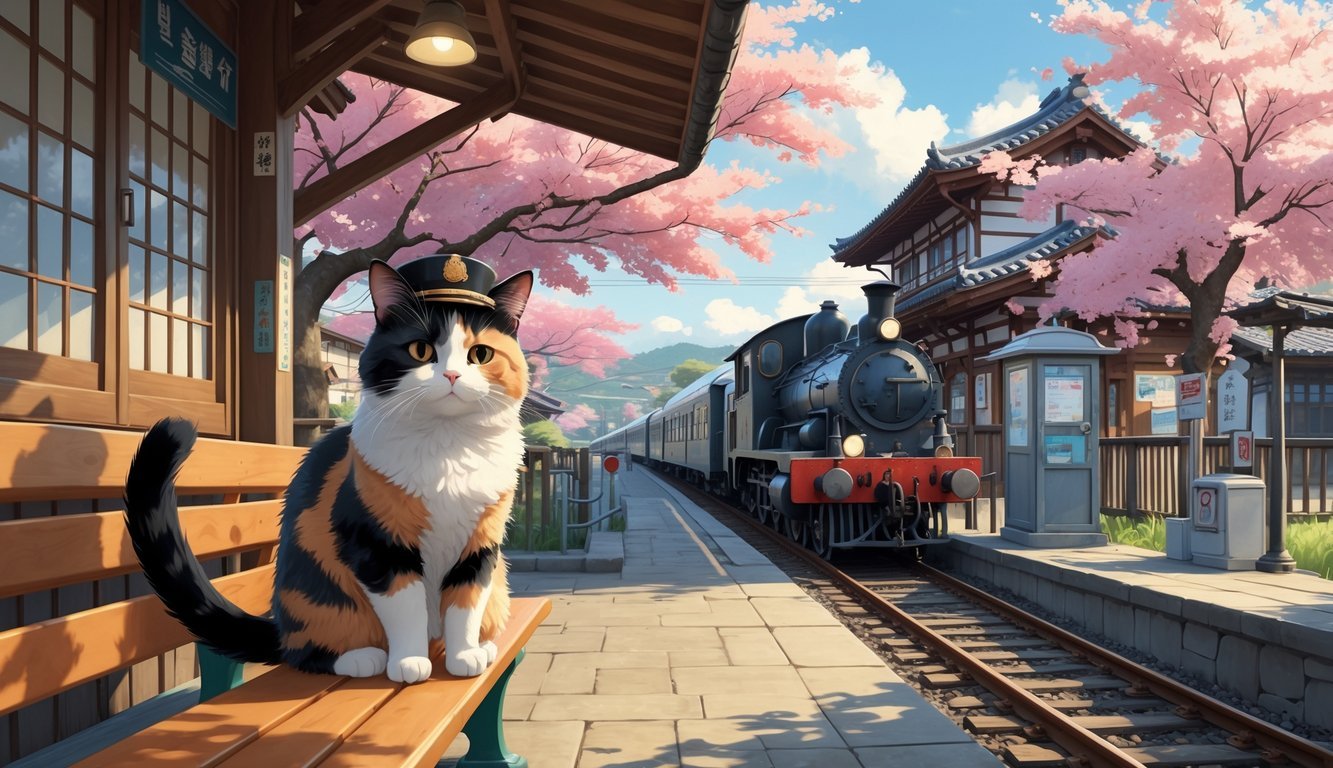
Tama, a stray calico cat, turned a sleepy Japanese train station into a tourist hotspot. She became the official stationmaster of Kishi Station in Wakayama.
Her job? Greet passengers and make the station feel welcoming. People started visiting from all over just to meet Tama, and that boost in visitors kept the local train line from shutting down.
Thanks to Tama, the town saw more tourists and more income. She even got an honorary title and a fancy little hat.
It’s wild how one small cat could save a railway and bring a community back to life!
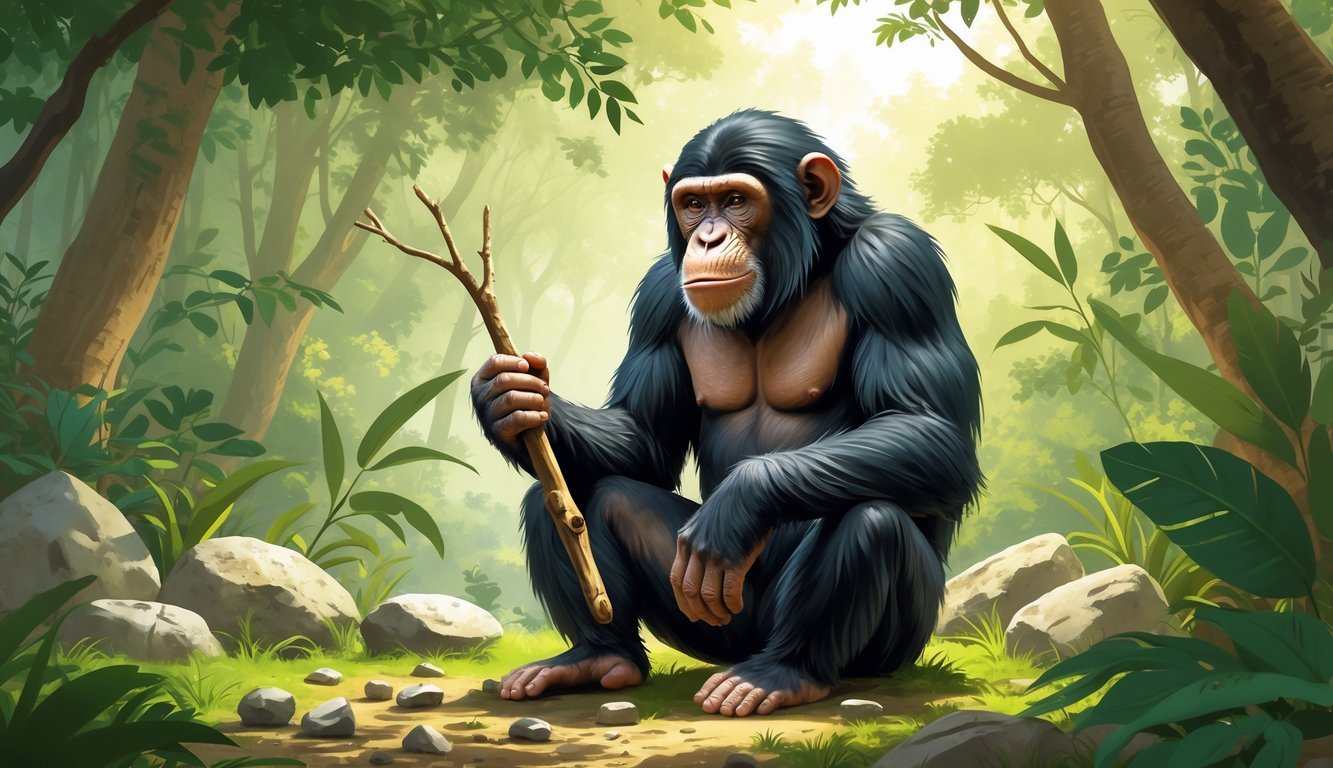
So, did you know a chimpanzee named David Greybeard actually changed how we see animals? Jane Goodall watched David first, right in Tanzania’s Gombe Forest.
David didn’t just hang around—he showed everyone that chimpanzees can make and use tools. He’d strip leaves off twigs and use them to fish termites out of mounds.
People once thought only humans did stuff like that. Watching David up close, scientists realized just how smart and creative chimpanzees can be.
His clever moves kicked off a whole new way of studying animal intelligence. Maybe it even changes how you look at the world too.